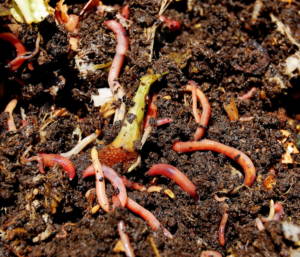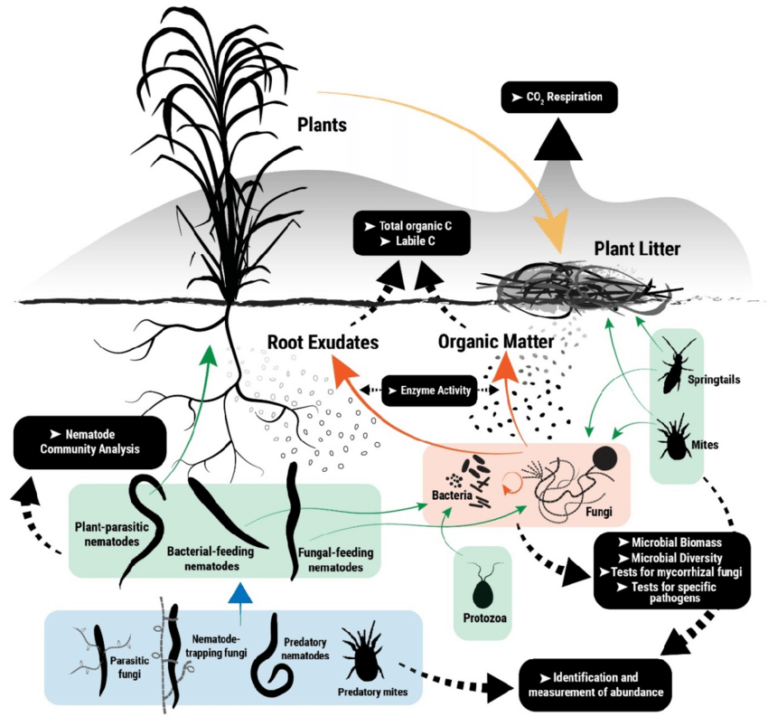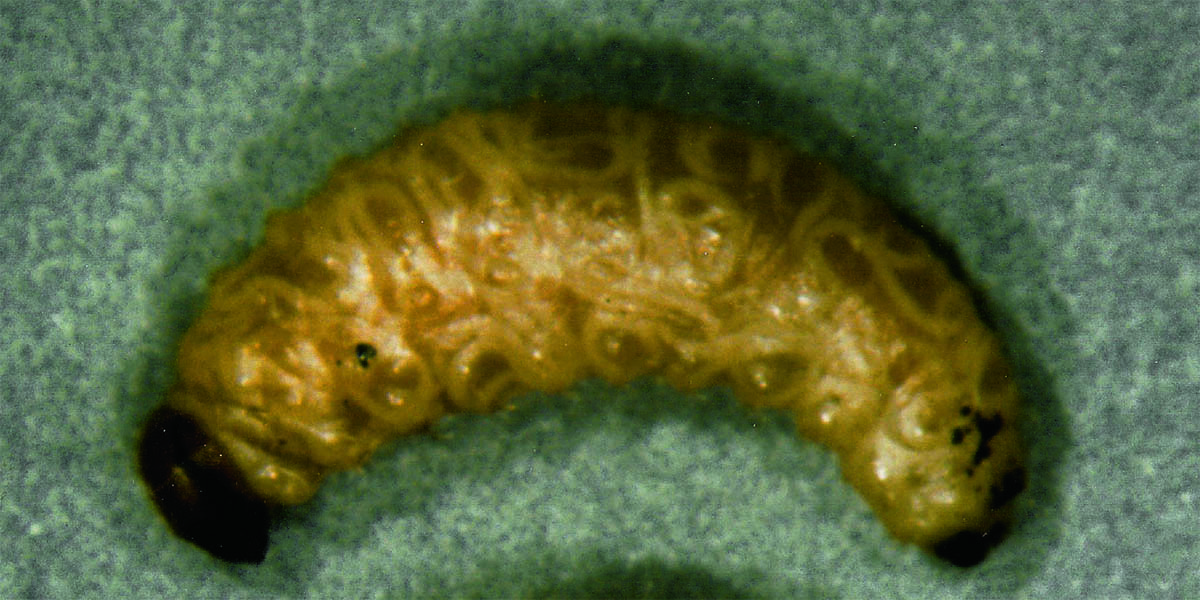Vermicomposting is a method of composting using worms to decompose organic waste into a nutrient-rich soil amendment. It’s a great alternative to traditional composting methods for those who live in apartments, have limited space, or want to reduce their waste footprint. For those interested in the process, here’s a quick overview to help get you started.
Benefits of vermicomposting include:

- Reduction of waste: Vermicomposting helps to reduce the amount of organic waste that ends up in landfills, which can help to reduce greenhouse gas emissions.
- Improved soil fertility: Vermicompost is rich in nutrients and beneficial microbes, making it an excellent soil amendment that can improve the health of plants. Vermicompost contains essential plant nutrients, such as nitrogen, phosphorus, and potassium, that can be released slowly over time. This helps to reduce the need for synthetic fertilizers.
- Improved soil structure: Vermicomposting helps to improve soil structure by increasing the amount of organic matter in the soil. This helps to create more air and water pockets, resulting in better water infiltration and drainage.
- Improved root growth: Vermicompost helps to promote root growth by providing a source of organic matter and beneficial microorganisms that can help to stimulate root growth.
- Pest control: Vermicompost can help to control pests in the garden by attracting beneficial insects and by providing plants with a healthy root system.
- Water conservation: Vermicompost can improve the water-holding capacity of soil, making it easier for plants to access water during dry spells.
- Disease suppression: Vermicompost can help to suppress plant diseases by increasing the amount of beneficial bacteria and fungi in the soil. This can help to reduce the need for chemical pesticides.
- Increased yields: Vermicompost can increase the yield and quality of crops, resulting in a more productive garden.
To build a vermicompost system, there are three popular methods:

- Worm bin: A worm bin is a container filled with bedding material, such as shredded newspaper or coconut coir, and food scraps for the worms to feed on. The worms will consume the food scraps and produce compost in the form of worm castings. A worm bin can be made out of a plastic container or a wooden box.
- Flow-through system: A flow-through system is a continuous composting method where food scraps are added to one end of a bin and finished compost is removed from the other end. This system requires a larger space and can be made using plastic pipes or a series of bins.
- Batch composting system: A batch composting system is a method where food scraps are added to a bin and left to decompose until the compost is ready to use. This method is easy to manage and is a good option for small-scale composting.
Worms can feed on a variety of food sources, including:

- Vegetable and fruit scraps (e.g. carrot peels, apple cores)
- Coffee grounds and filters
- Eggshells
- Shredded paper and cardboard
- Leaves from dynamic accumulator plants such as comfrey
- Grass clippings
- Herb plant trimmings
- Weeds (without seeds)
- Manure from herbivorous animals (e.g. rabbits, horses)
- Seaweed and kelp
Problems in vermicomposting can include:
- Odor: If the compost is not managed properly, it can produce a foul odor. This can be solved by keeping the compost moist and turning it regularly to allow air to circulate.
- Pests: Pests such as fruit flies can be attracted to the compost. This can be prevented by covering the compost with a lid and ensuring that the compost is not too moist.
- Overcrowding: If there are too many worms in the compost, they can become overcrowded and stop producing compost. This can be solved by removing some of the worms and starting a new compost bin.
- Lack of bedding: If the bedding in the compost bin is not adequate, the worms can become stressed and stop producing compost. This can be solved by adding more bedding to the bin.
- Poor compost quality: If the compost is not managed properly, it can become too dry and stop producing compost. This can be solved by adding more water to the compost.
- Reduced composting efficiency: If the temperature of the vermicomposting bin is too high or too low, the composting process will be less efficient. This can result in a slower breakdown of organic matter and fewer nutrients for the plants.
- Reduced microbial activity: If the temperature of the vermicomposting bin is too low, it can reduce the activity of beneficial microbes, resulting in slower composting and fewer nutrients for the plants.
Conclusion
In conclusion, Vermicomposting is an earth friendly way to improve soil health, reduce the need for synthetic fertilizers and pesticides, and promote healthy plant growth. It is an easy and sustainable way to garden, as it does not require any synthetic inputs and can be done with just a few simple tools. Vermicomposting helps to improve soil structure, retain essential plant nutrients, suppress plant diseases, promote root growth, and increase water retention. For gardeners who want to reduce their environmental impact and improve their garden’s health, vermicomposting is a great option.




